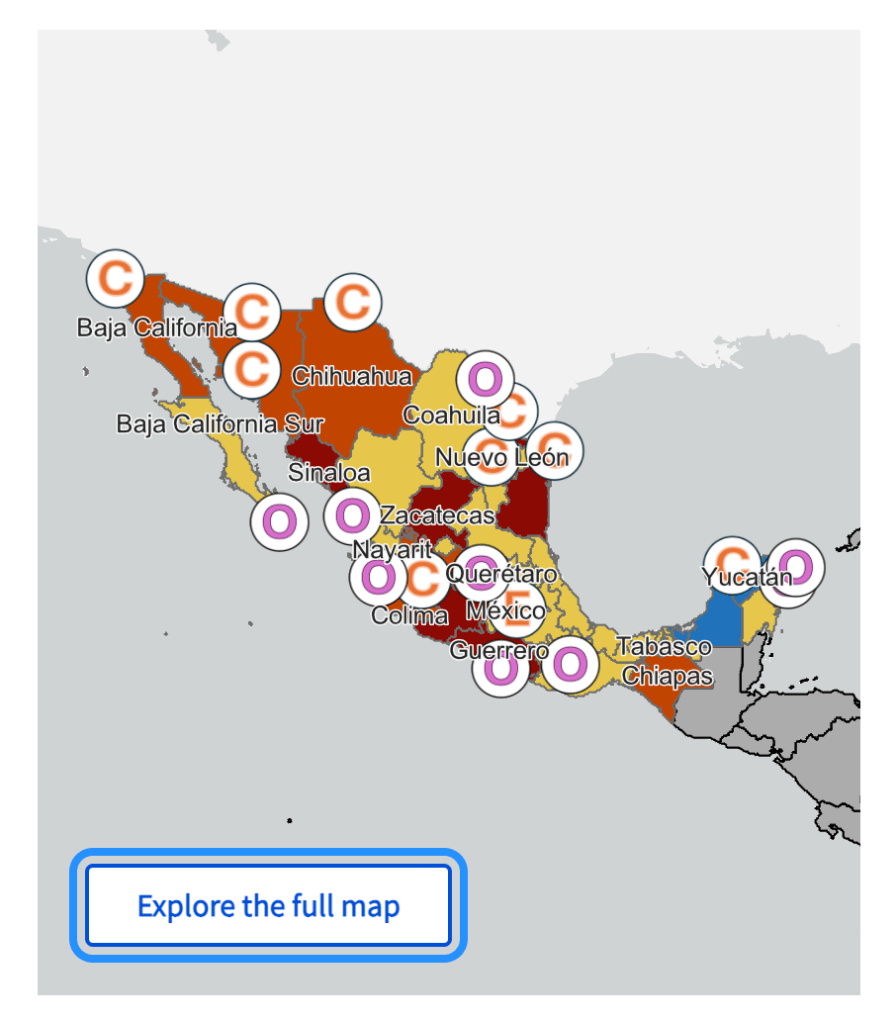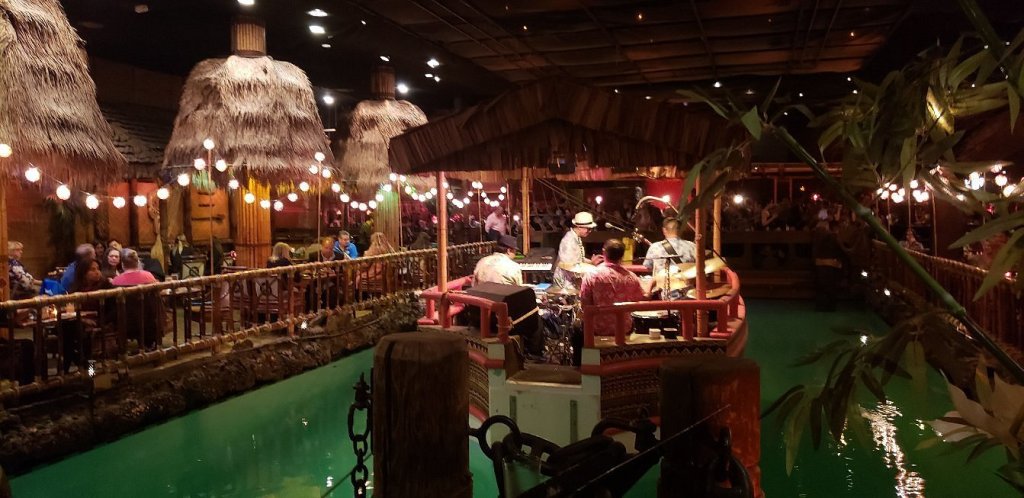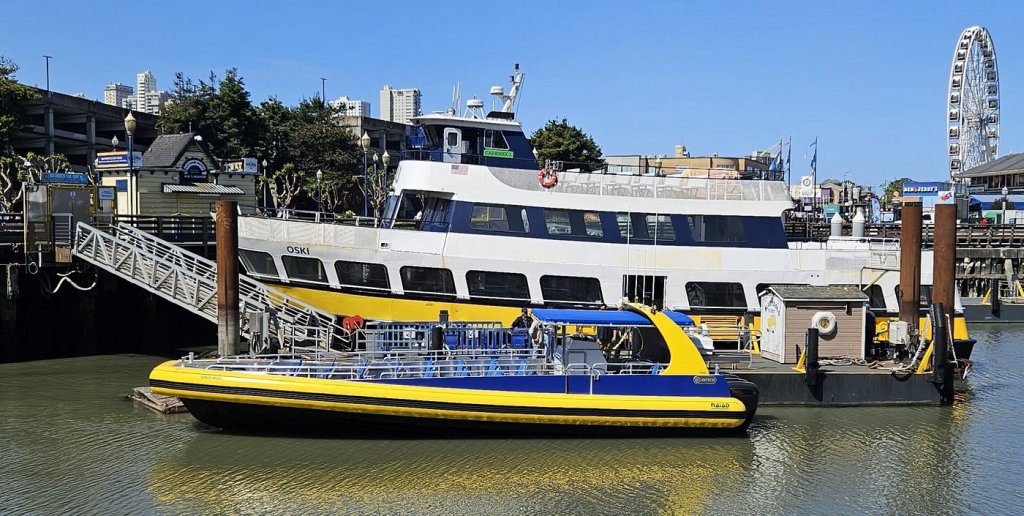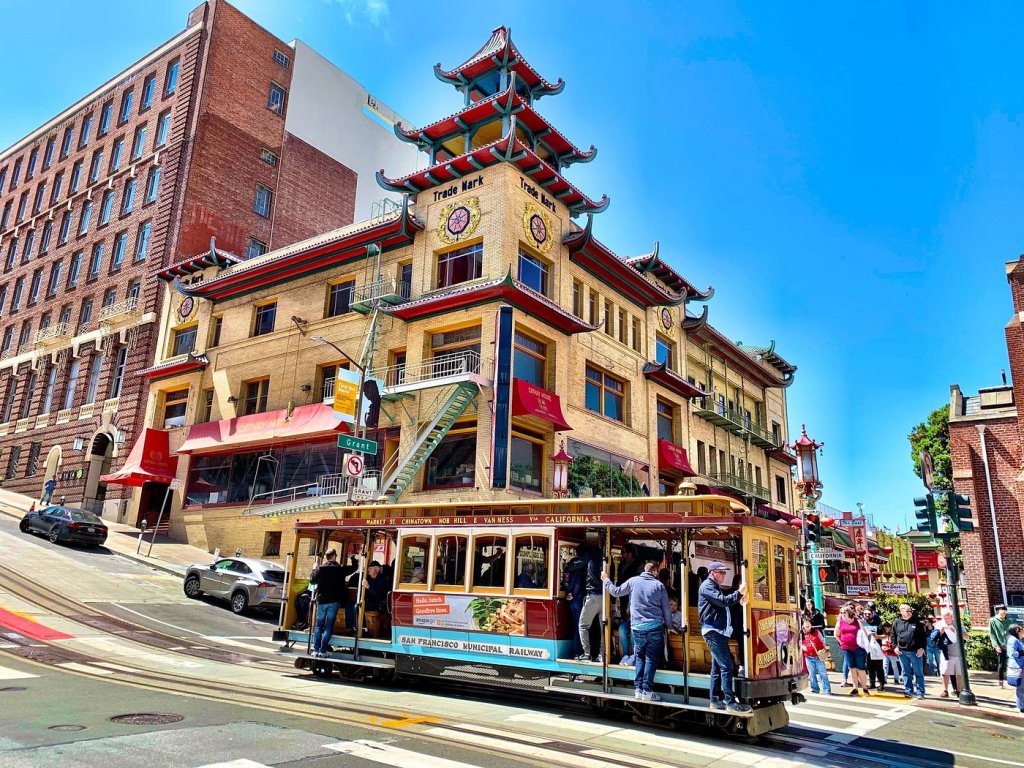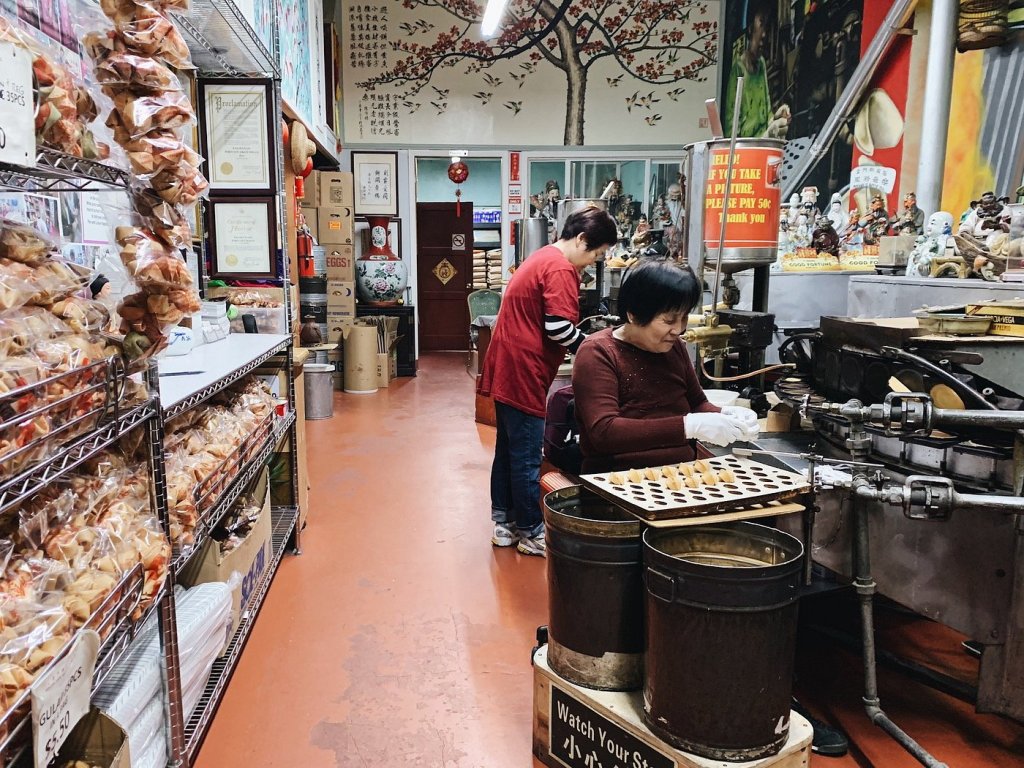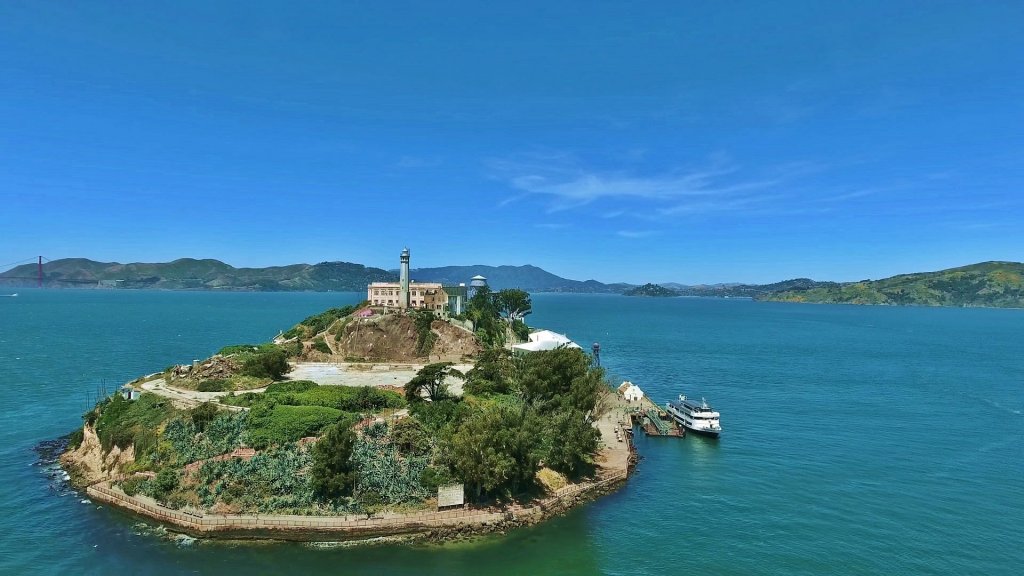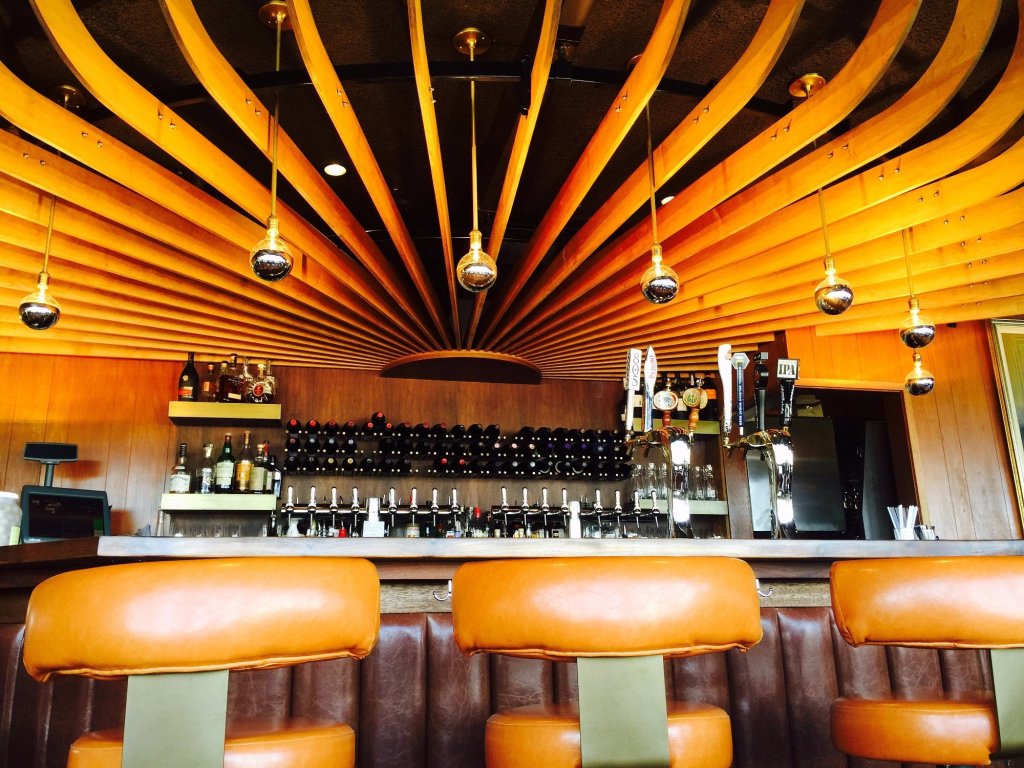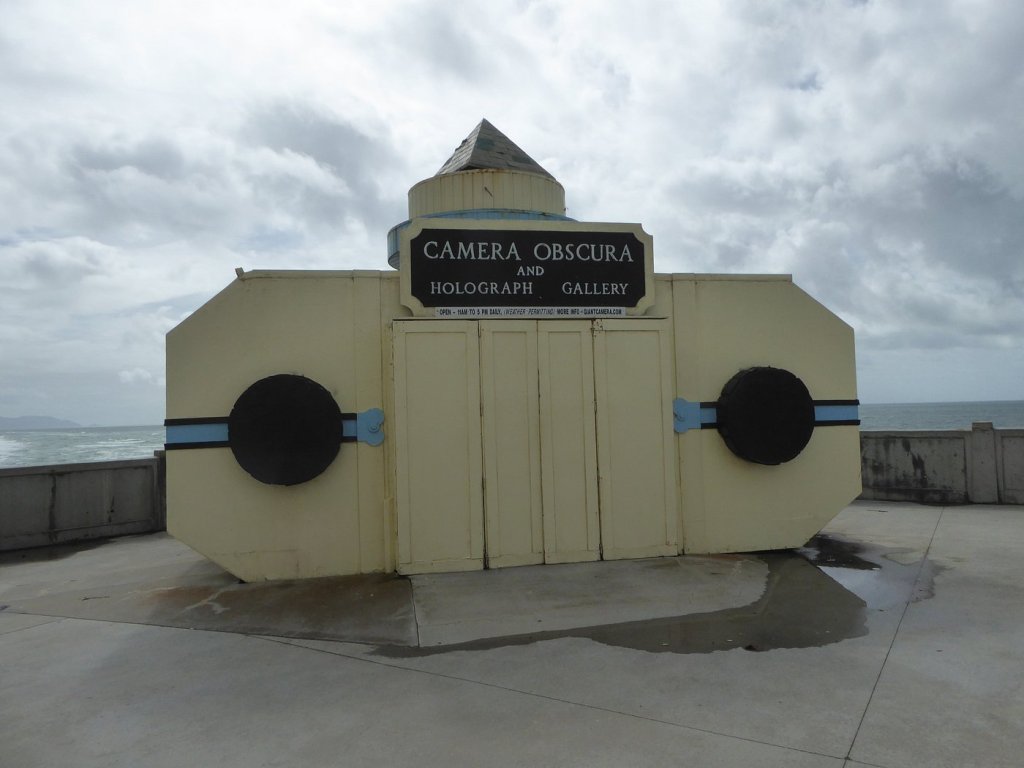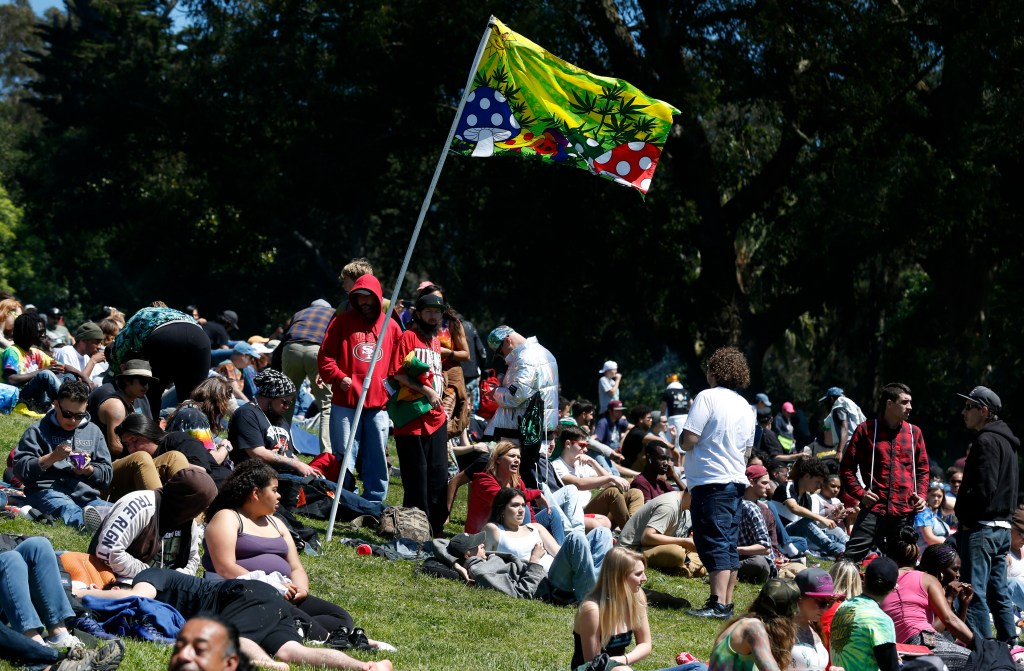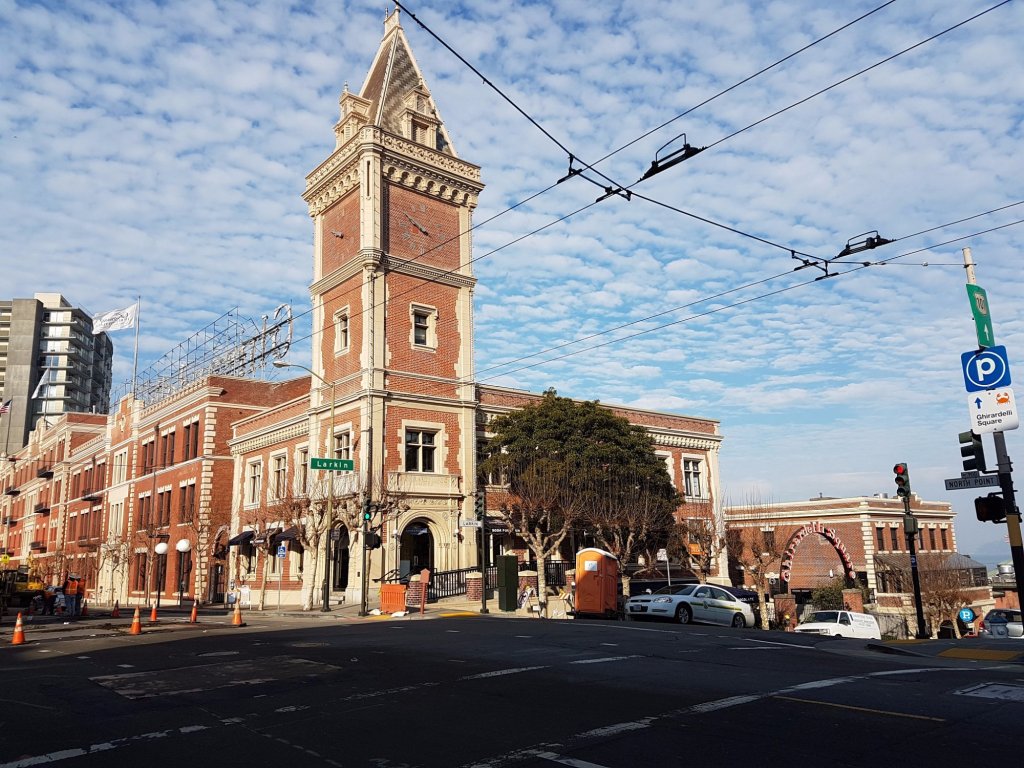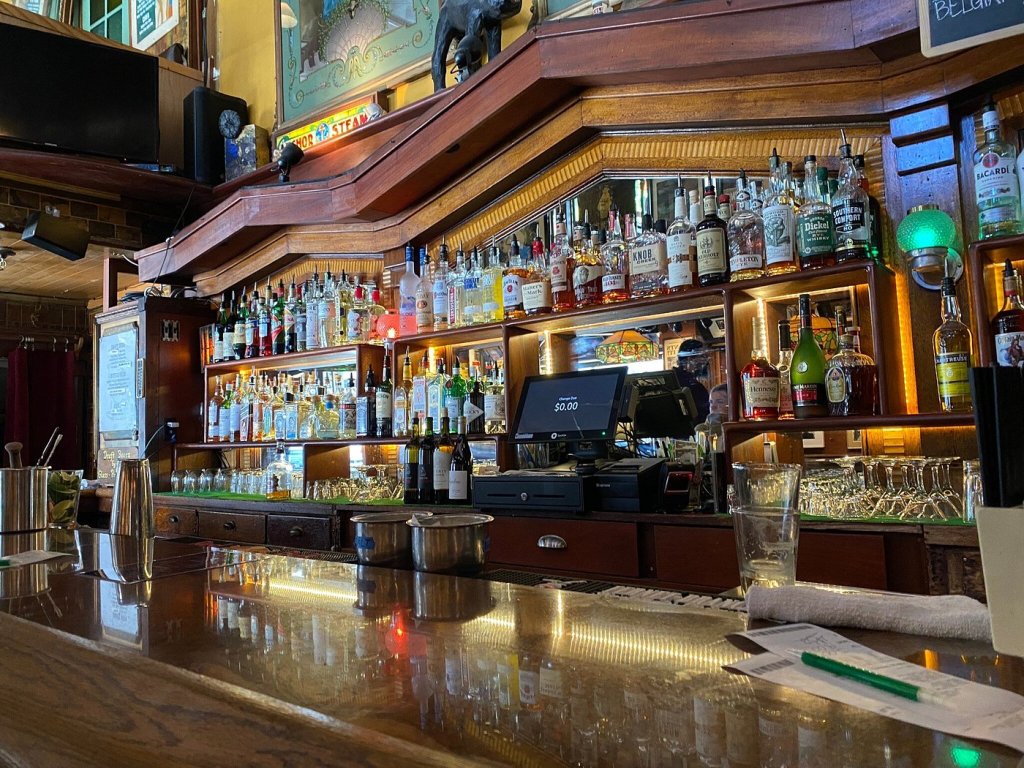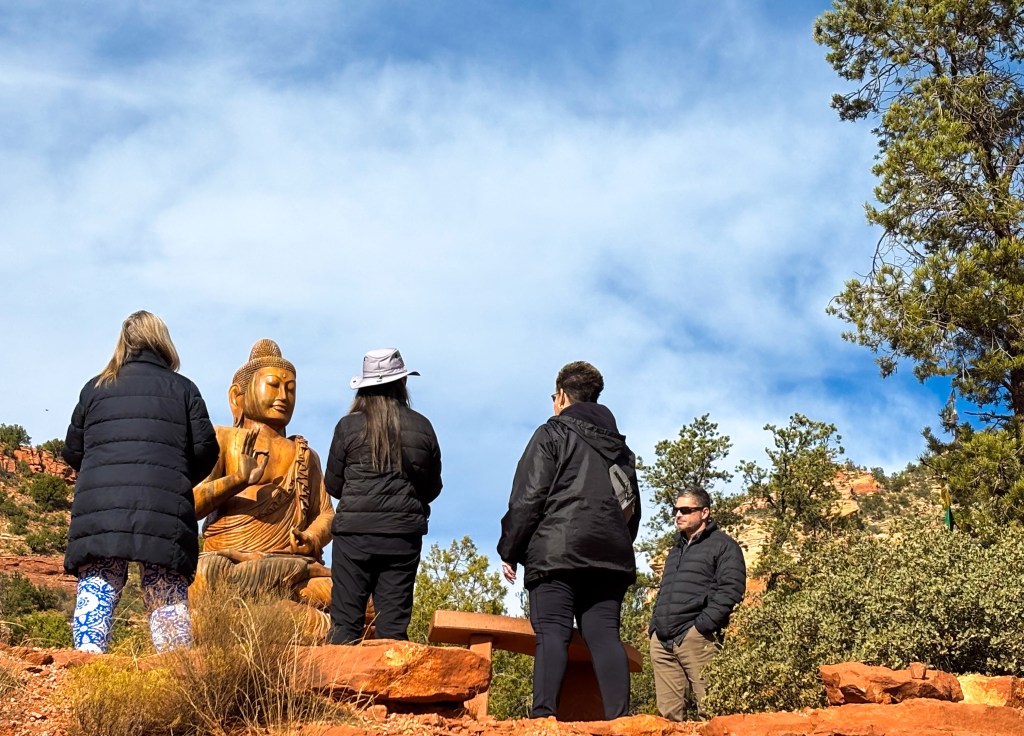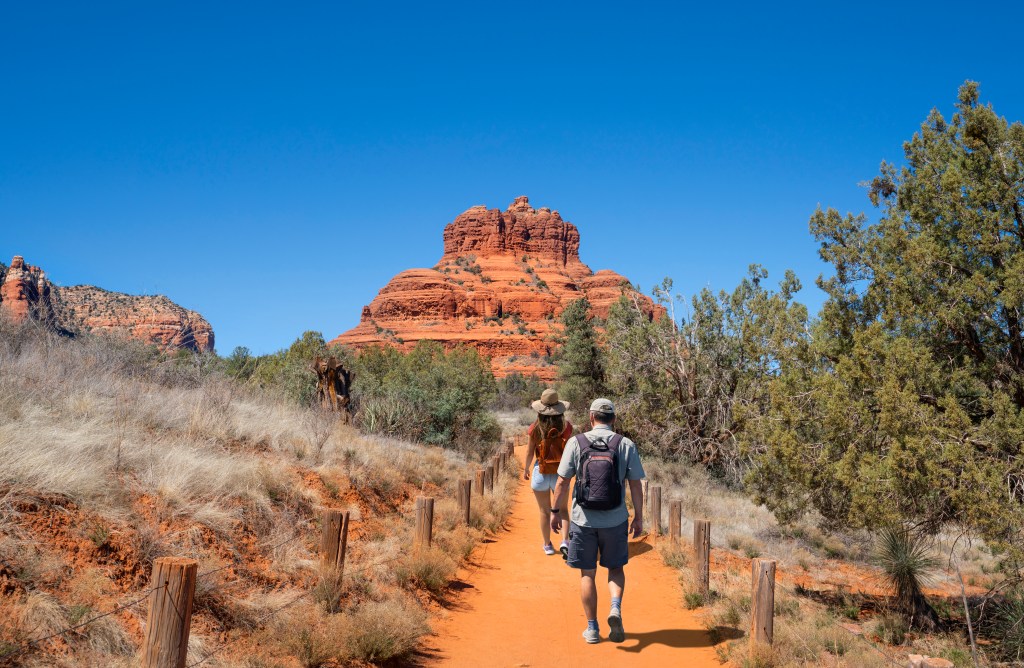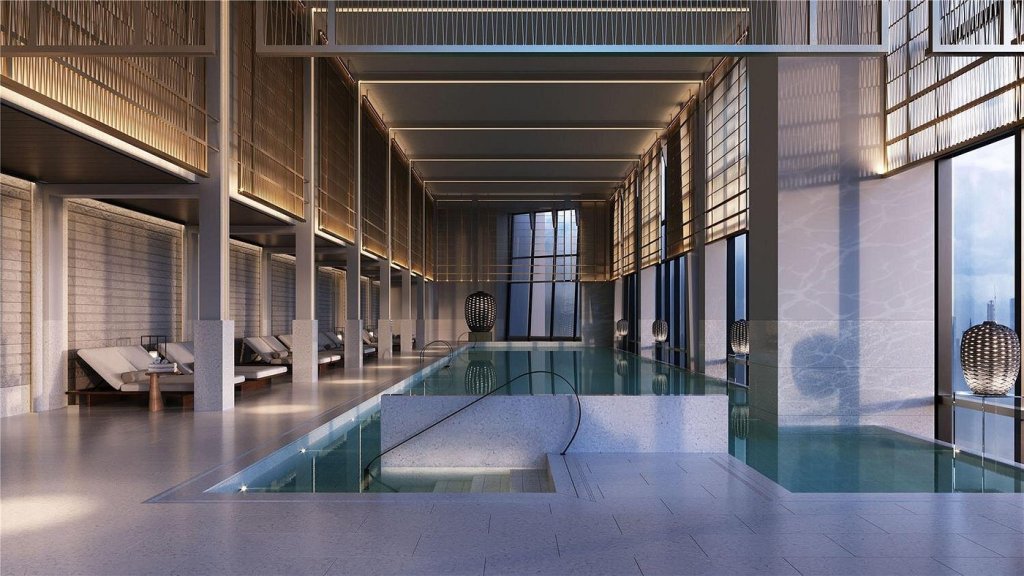If you’re going on a road trip, I hope you’re staying open-minded and flexible.
After all, there’s nothing better than spying on a weird roadside attraction, then peeling off at the next exit to get a closer look.
Off the top of my head, I can recount a few highly memorable roadside attractions from childhood into adulthood: a petrified forest in Arkansas, a Donner Party museum in California, and a vintage shop in Upstate New York.
Having a little flexibility on road trips exposes us to America’s weirdest little side quests, adding a little flavor to the journey—and relief from long periods of sitting.
But there’s one roadside attraction I’ll never forgive myself for passing up: the Cherokee Ruby & Sapphire Mine in North Carolina. I passed it on a road trip through the Blue Ridge Mountains, and I’ve thought about it often.
You may have noticed similar offers across the US and wondered whether they were legit and worth your time.
While not too many city-slickers know it, the country is dotted with DIY mines where you can search for your own gems. And they make for some of the best road trip activities in the world.
If you’re close to a mine, I suggest planning a trip around this type of unique side quest. If not, consider going off-road (so to speak) to visit one of the locations listed below. Like I said, mining for gems is a hard-to-beat find on the list of road trip activities.
Especially if you know where to find a highly rated mine.
I’ve sourced some of the best places where you can mine for gems in the US with pro picks from Donald Clark, a CSM or Certified Supreme Master Gemcutter and member of the International Gem Society.
The big question—will you actually find gems at these mines?
The lucky and diligent might find buried treasures in the mines listed below. Still, the sites below are largely located on old mines that are past their heyday, meaning finds aren’t guaranteed. You’re better off viewing these excursions as fun for the family—or just a great way to get out of the car and stretch your legs. But never say never! And keep your eyes peeled as you sift through gem-friendly creeks around the country!
Places where you can mine for gems in the US
- Emerald Hollow Mine (Hiddenite, NC)
- Gem Mountain (Spruce Pine, NC)
- Cherokee Ruby & Sapphire Mine (Franklin, NC)
- Gem Mountain Sapphire Mine (Philipsburg, MT)
- Montana Blue Jewel Mine (Helena, MT)
- Rainbow Ridge Opal Mine (Denio, NV)
- Crystal Grove Diamond Mine (Saint Johnsville, NY)
Here’s where you can mine for gems in the US
Emerald Hollow Mine (Hiddenite, NC)
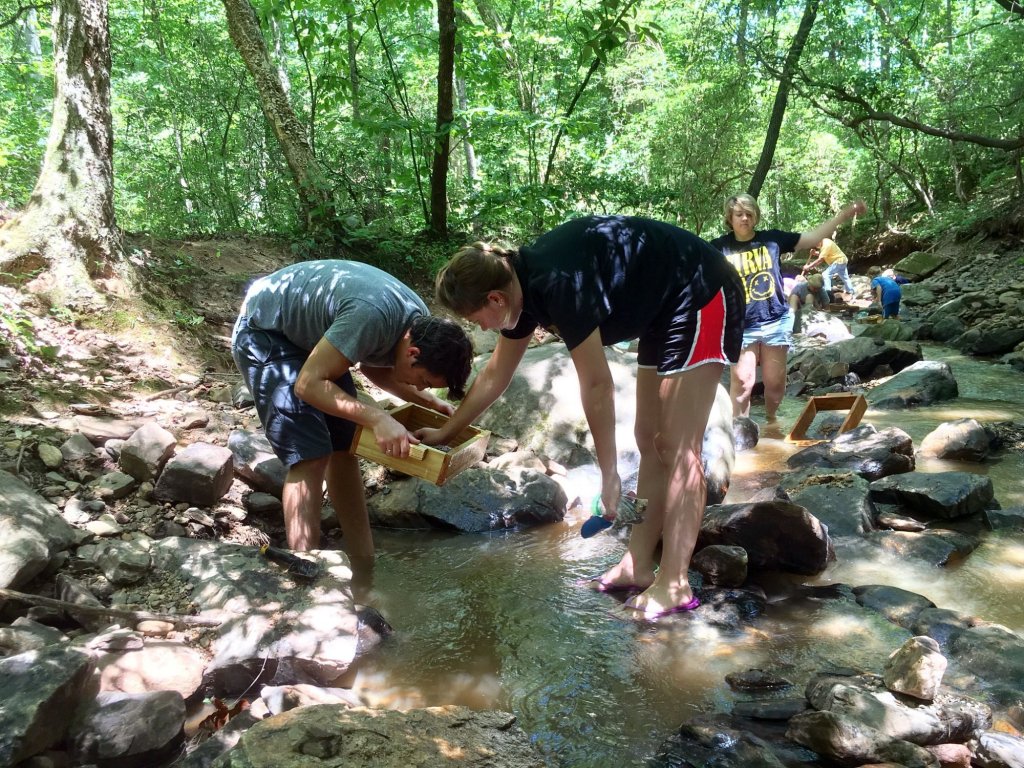
This 69-acre mine is the world’s only public emerald mine. It’s tucked away in North Carolina’s Brushy Mountains, where staff will help you get situated in a digging area or, if you prefer, a creek perfect for sifting. Though it’s rare to uncover emeralds at Emerald Hollow Mine, they’ve been found before—along with rubies.
Gem Mountain (Spruce Pine, NC)
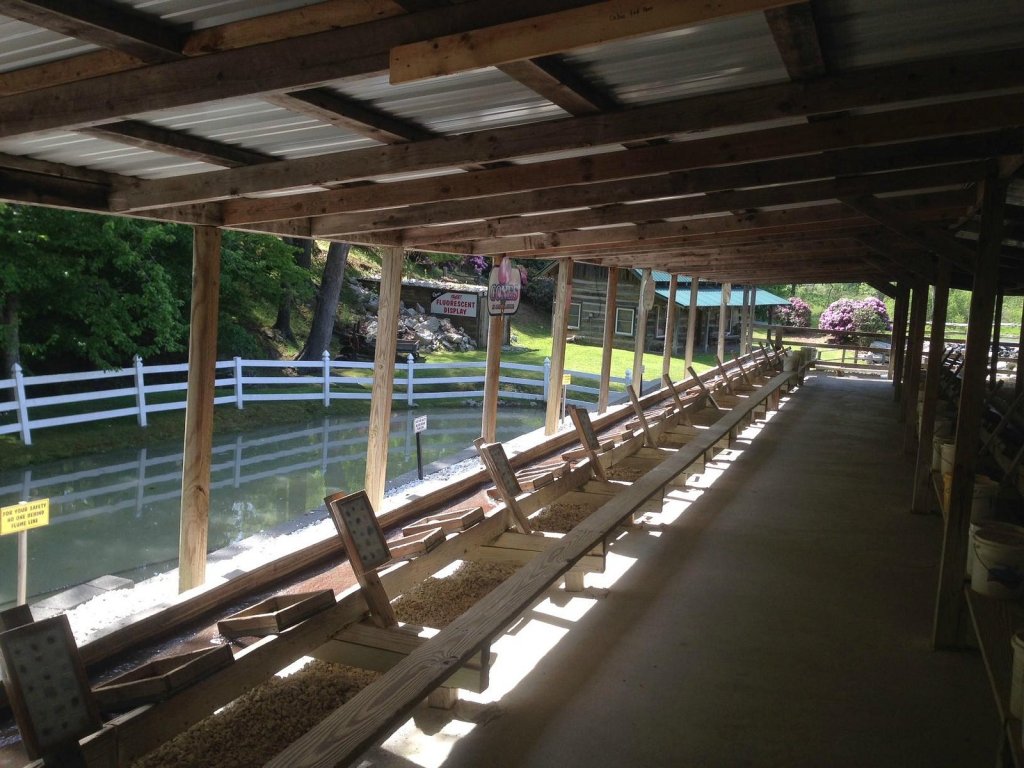
Whether you want to keep it casual or actually wander into an active mine, Gem Mountain has the perfect DIY mining adventure for you. Casual visitors can stick to the main site, where you can sift through the flume to look for quartz and garnets. Or you can pay more to reserve a trip into the mine for a four-hour gem-hunting experience.
Cherokee Ruby & Sapphire Mine (Franklin, NC)
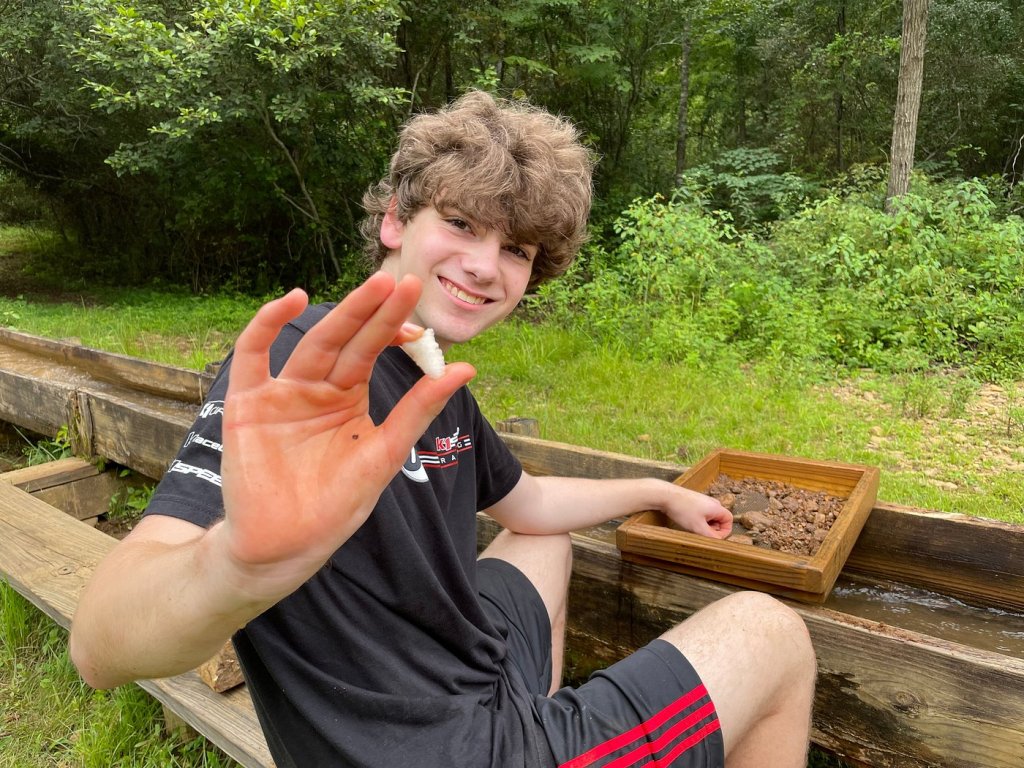
This is the mine that started my obsession years ago when I passed up the sign and kept cruising westward. Don’t make my mistake—if you’re passing through the Franklin area, schedule a visit. First, it’s one of the best ways to spend some time in the Smoky Mountains that’s not on a trail. Second, staff are extremely passionate and knowledgeable, meaning you’ll learn a thing or two. Third, you might find a ruby or a sapphire.
Gem Mountain Sapphire Mine (Philipsburg, MT)
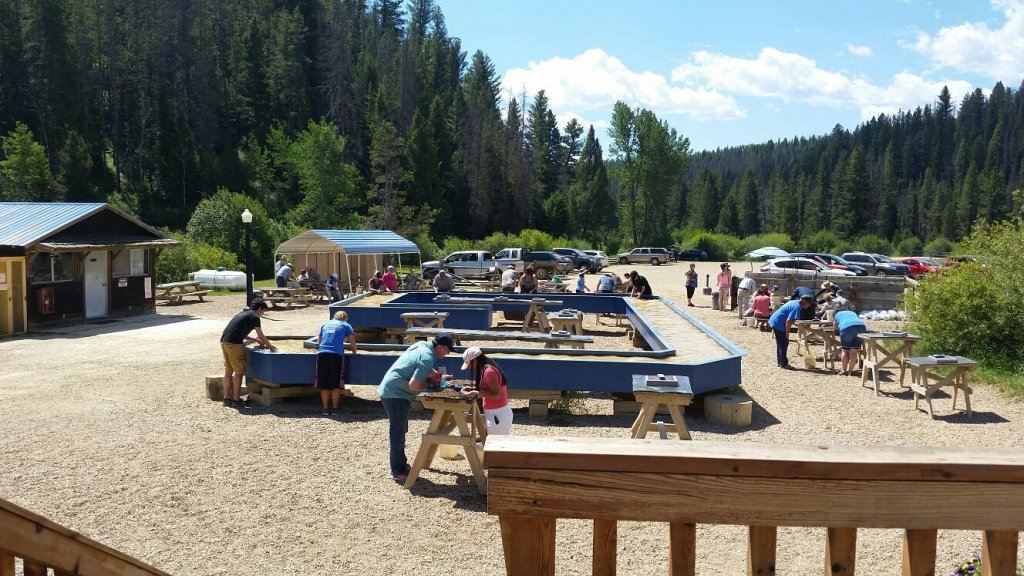
Roll up your sleeves—it’s time to sort through some gravel on the hunt for sapphires. This is a pretty professional operation, letting you learn about gravel washing, heat treating, and even gem faceting. You might even uncover an ancient fossil from the mines, too. *Philipsburg is located near Yellowstone and Glacier National Parks, making this a perfect day trip adventure when you’re in the area.
Montana Blue Jewel Mine (Helena, MT)
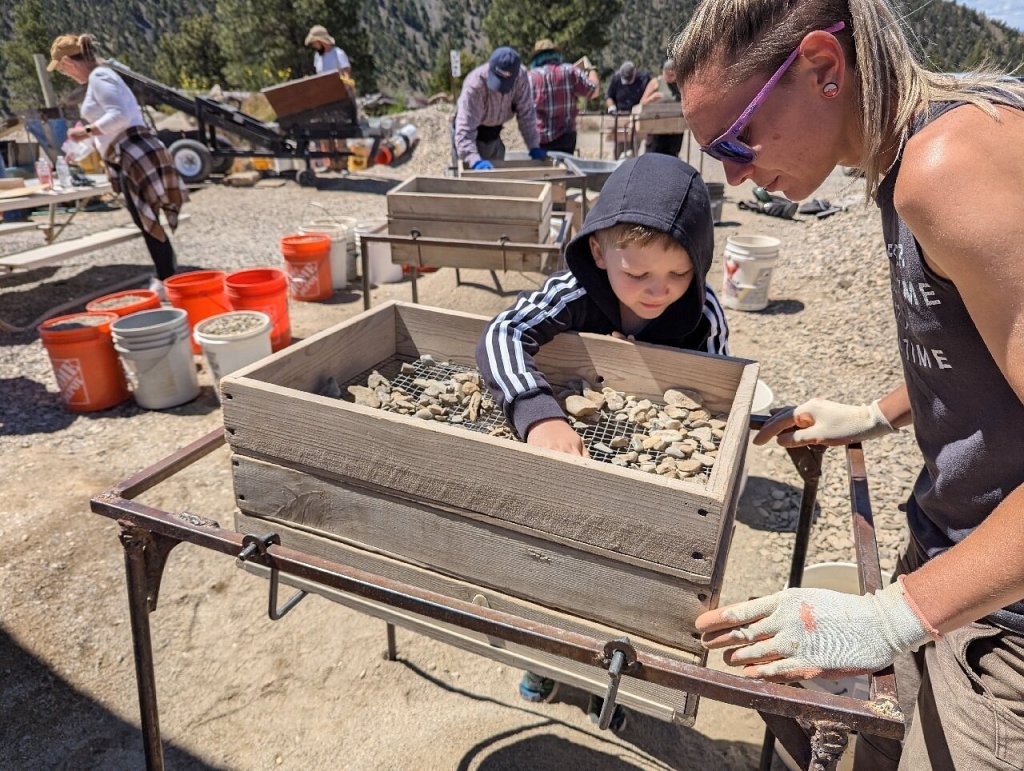
Open seasonally, you might want to call ahead to make sure the Blue Jewel Mine is open to visitors. If it is, head over immediately—this is one of the most highly rated places where you can mine for gems in the US. So long as you’re patient, it’s not unlikely that you’ll uncover a sapphire at this mine. That’s because it isn’t an old location that’s been overmined.
Rainbow Ridge Opal Mine (Denio, NV)
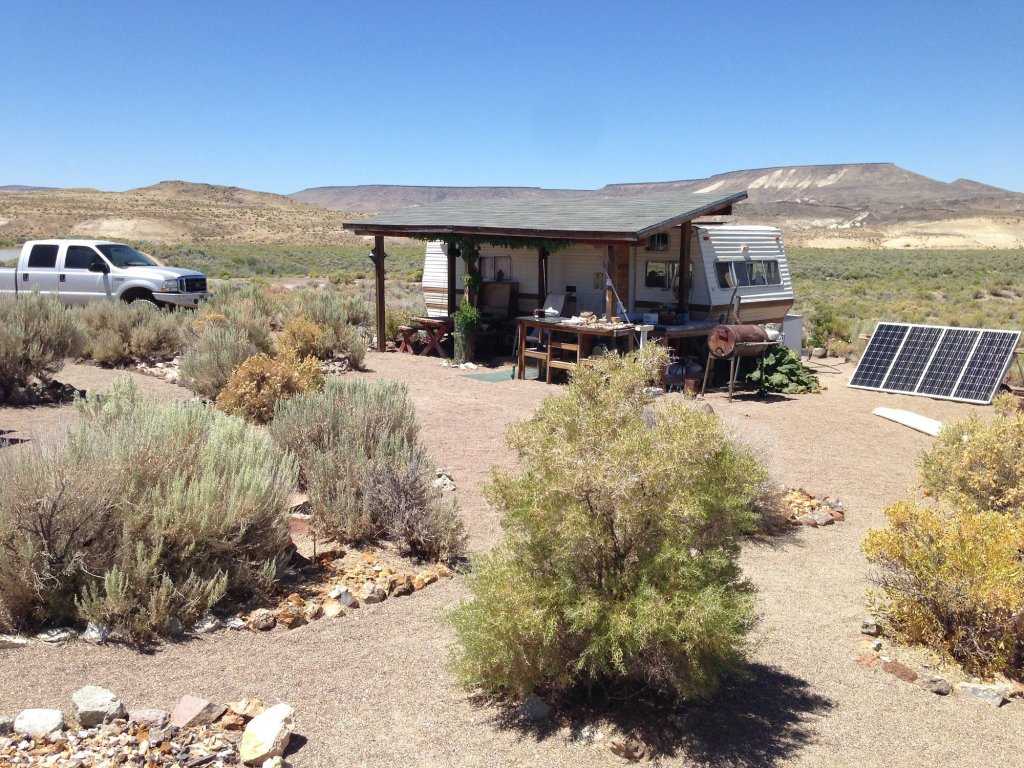
Opal might not be as iconic as a ruby or a sapphire, but it’s still a rock-lover’s dream to pull one of these multi-colored gems from the ground. Similar to the Blue Jewel Mine, this spot hasn’t been overmined, meaning there’s a strong potential that you’ll find an opal piece. And not a tiny, fingernail-sized gem, but a larger, heftier gem.
Crystal Grove Diamond Mine (Saint Johnsville, NY)
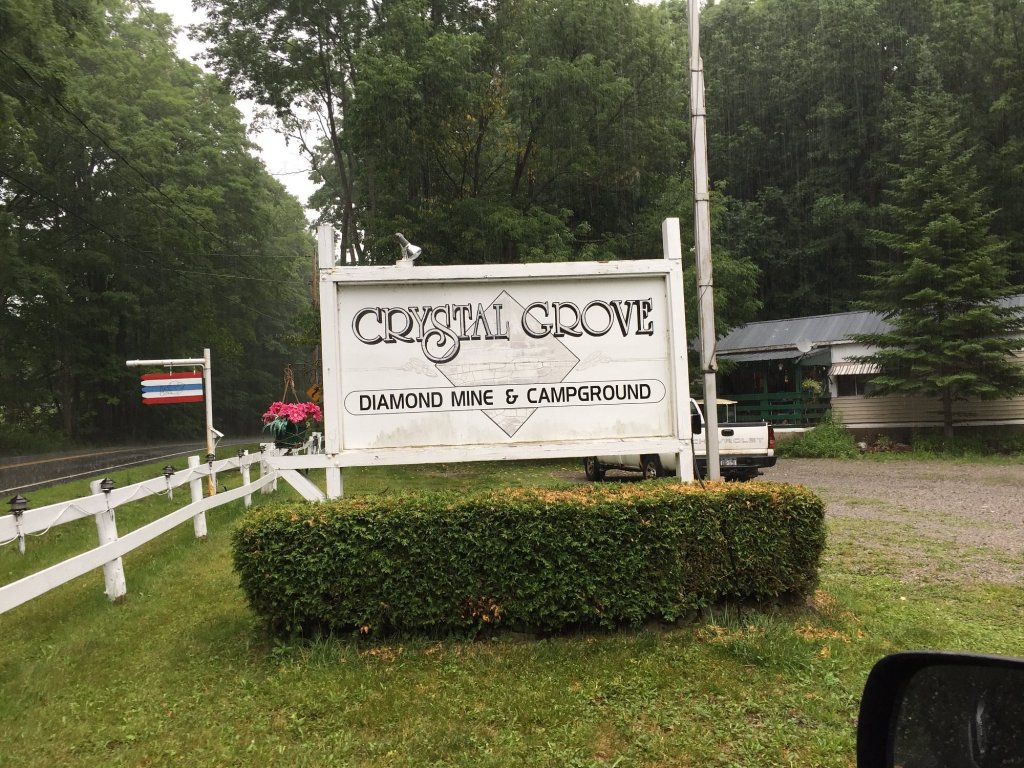
This Herkimer diamond mine and campground is a perfect escape for the family. The grounds are gorgeous with plenty of mature forest and a wandering creek. Plus, you can mine for local Herkimer diamonds (which are a type of pure quartz), which are only found in this area.
